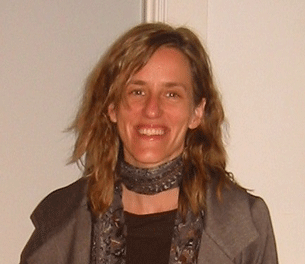




Khandro Tare Lhamo (1938-2002) was an important and well-known Tibetan Buddhist teacher in the Golog region of Tibet during much of the last century. She was born into a religious family, endured hardships during the famine of the late 1950s and during the Cultural Revolution, and went on to become a revealer of terma, spiritual teachings received in visions. Here, Holly Gayley, an assistant professor of religion at the University of Colorado in Boulder, discusses Khandro Tare Lhamo’s life based on her conversations in Golog with some of those who knew her. Gayley is the author of a forthcoming book on Khandro Tare Lhamo and her husband tentatively titled Scripting Destiny: The Lives and Letters of a Visionary Buddhist Couple in Contemporary Tibet.
“Khandro Tare Lhamo was born in 1938 to Apang Terton, a locally renowned terton [revealer of visionary teachings] in the region of Golog. She grew up very much in an esoteric milieu and trained with some of the great masters of her time.”
“She was able to receive esoteric instructions, but not the kind of training that a male teacher would receive. She didn’t, for example, have any scholastic training. She could read Tibetan, but couldn’t compose in Tibetan, so all of her writings were dictated to a scribe.”
“Later, she was labeled a ‘black hat’ [by the invading Chinese Communists] and was assigned to manual labor. She lived mainly as a nomad and herder during the years from 1958 to 1978, approximately, and her three brothers and first husband were imprisoned and died.”
“Her first son died later, more in the time period of the Cultural Revolution. So she did undergo quite a bit of hardship. At the same time, her biography records many of the miracles she performed during that time. She served as a beacon of hope for her local community as their khandroma, or local female saint, who was able to intervene in times of trouble, sometimes cooking rice in a kind of loaves-and-fishes miracle. Just a handful of rice would feed a whole group. She also met privately with people, sometimes performing phowa [special rituals] for the dead.”

Reported by Richard Finney